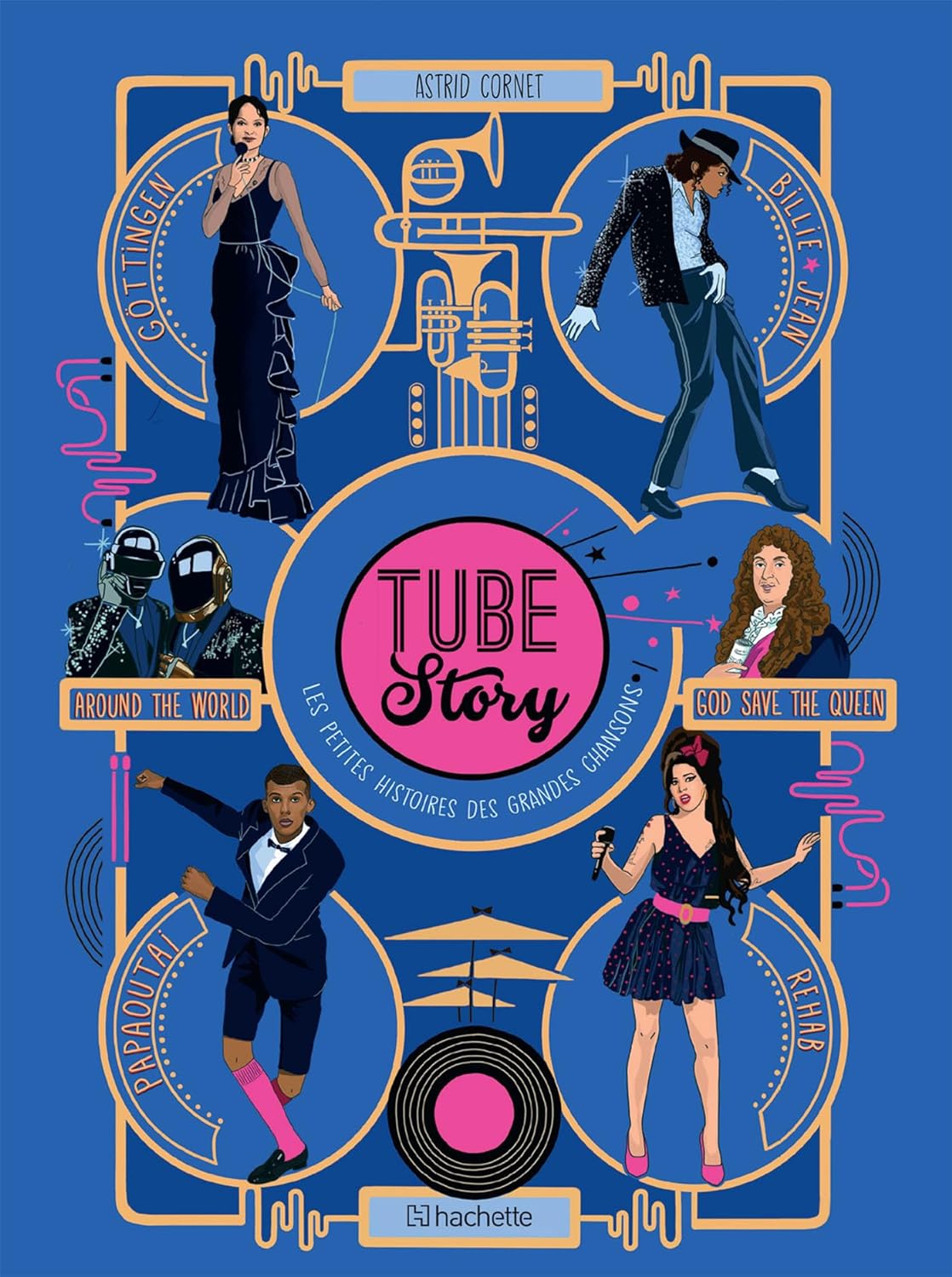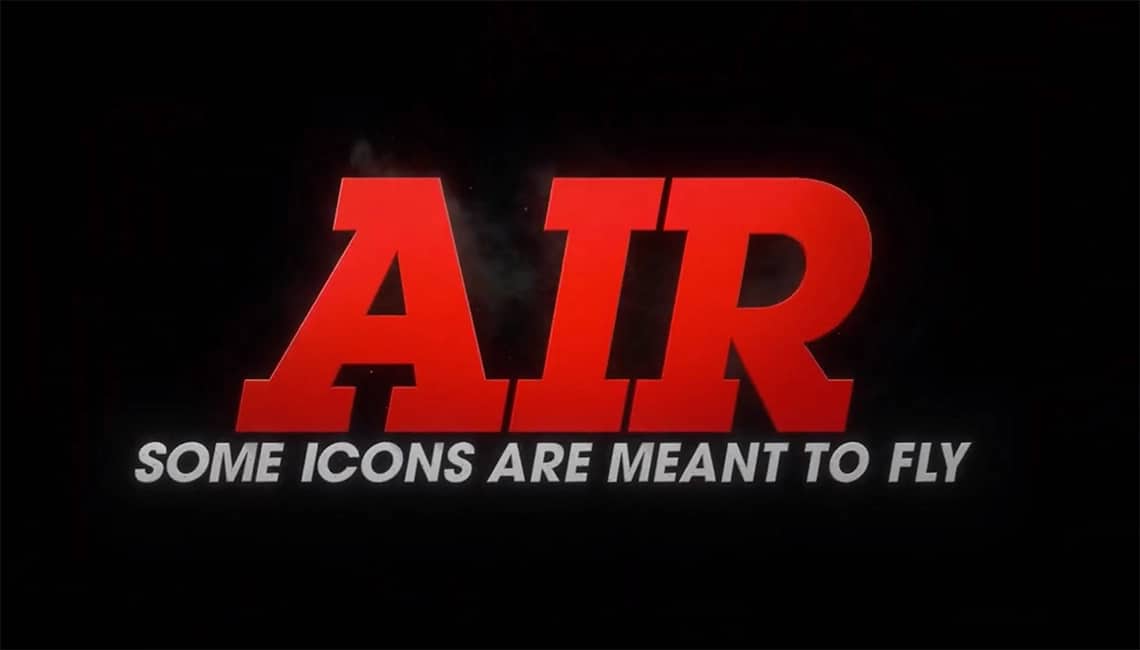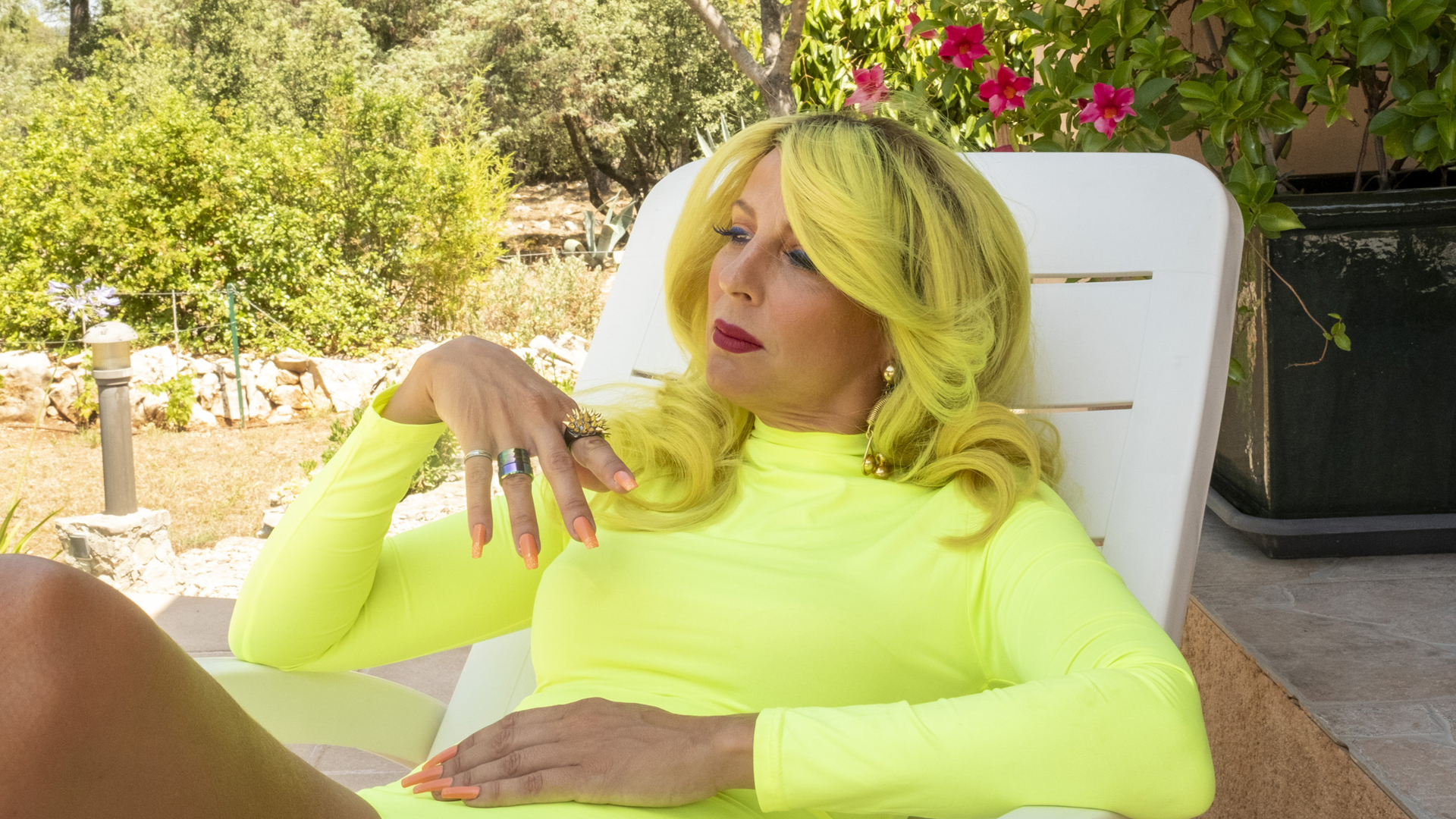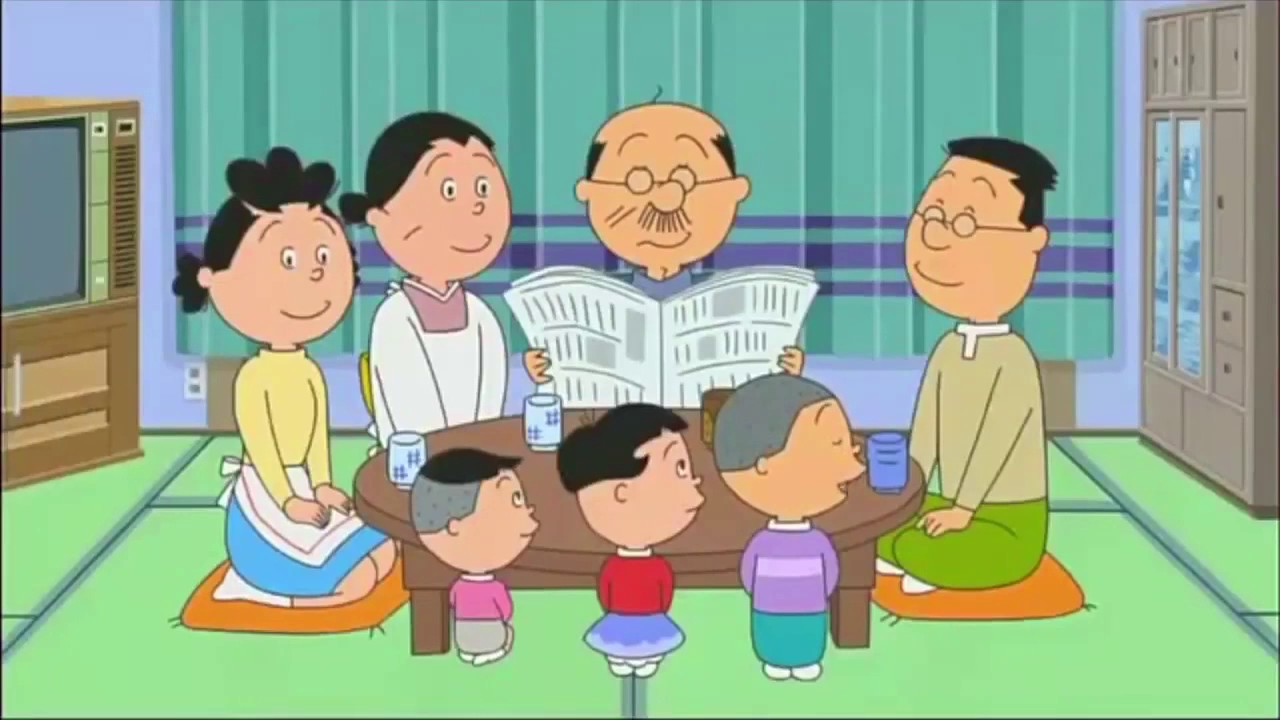The films based on the legend of Dracula follow one another but are not alike; from Murnau's Nosferatu to Dario Argento's Dracula , via Ton Browning's which established the imagery of the famous vampire, many have tried to transcribe Bram Stoker's epistolary novel. In 1992, it was Francis Ford Coppola's turn to tackle the legend of Transylvania to make it a tale with fabulous visual effects and incomparable audacity. A great classic, to (re)see without further delay on Netflix.
Coppola's Dracula is an ode to passion: Count Dracula's passion for his beloved, the director's passion for cinema. Despite its full title, Bram Stoker's Dracula, the feature film follows the original plot of the novel by far, preferring to dwell on the aesthetic beauties of such a subject, and the dramas generated by these all-consuming passions; Coppola thus transforms some scenes into sensual and fascinating operas, others into meticulous work of shadows and colors, even if it sometimes abandons the script and makes it more of a support than a real force.

Because it must be said, the real raison d'être of this film is the incredible visual staging that is full of discoveries and exploration of the possibilities of the image; Both in the strength of the colors and in the many superimpositions, the image shows at all times an incredible inventiveness, in a perpetual search for the multiple possibilities of cinema. Behind the camera, Michael Ballhaus (Scorsese's favorite cinematographer, who wrote the photography for After Hours and The Freedmen) knows how to bring Coppola's most beautiful ideas to life, thanks in part to a mesmerizing work of colors. The red of blood and passion mixes with the cold blue of lightning, like two transcendent forces that merge into a bright and intoxicated purple.
But where Dracula takes on its full dimension is in its analogy between vampirism and cinema; Coppola decided to develop his plot in 1897, the context of the beginnings of cinema with the appearance of the cinematograph that we see several times in the film. And how to make a more relevant parallel than this? The unfaithful shadow of the Count, which lurks like a fascinating mirage, constantly reminds us that cinema itself is made only of light and shadow, which alternate to give life to movement and illusion. The many shadow theatre sequences, in the foreground or in the background, irremediably echo this passion for cinema, and the desire to pay a vibrant tribute to the greatest of the genre.

The characters are like the script, unevenly treated: carried by a four-star cast (Gary Oldman, Winona Ryder, Keanu Reeves and Anthony Hopkins to name a few), the protagonists of Stoker's novel come to life in a completely different universe, and unfortunately sometimes find themselves stifled by visual prowess. If all the images have a meaning, the reactions of the characters they do not always have any ; the narrative sometimes suffers, but is always fascinating for those who want to decipher the many symbolisms and facets of Coppola's Dracula .
Often criticized for its rather poor script, Coppola's Dracula is nevertheless an aesthetic feat that transcends genres to captivate the eye; and beyond this sublime mirage, Coppola manages to explore all the possibilities of cinema, and pays a vibrant tribute by placing in his film some fragments of his passion for this art. To (re)discover now on Netflix.








































